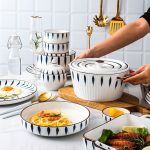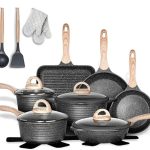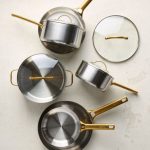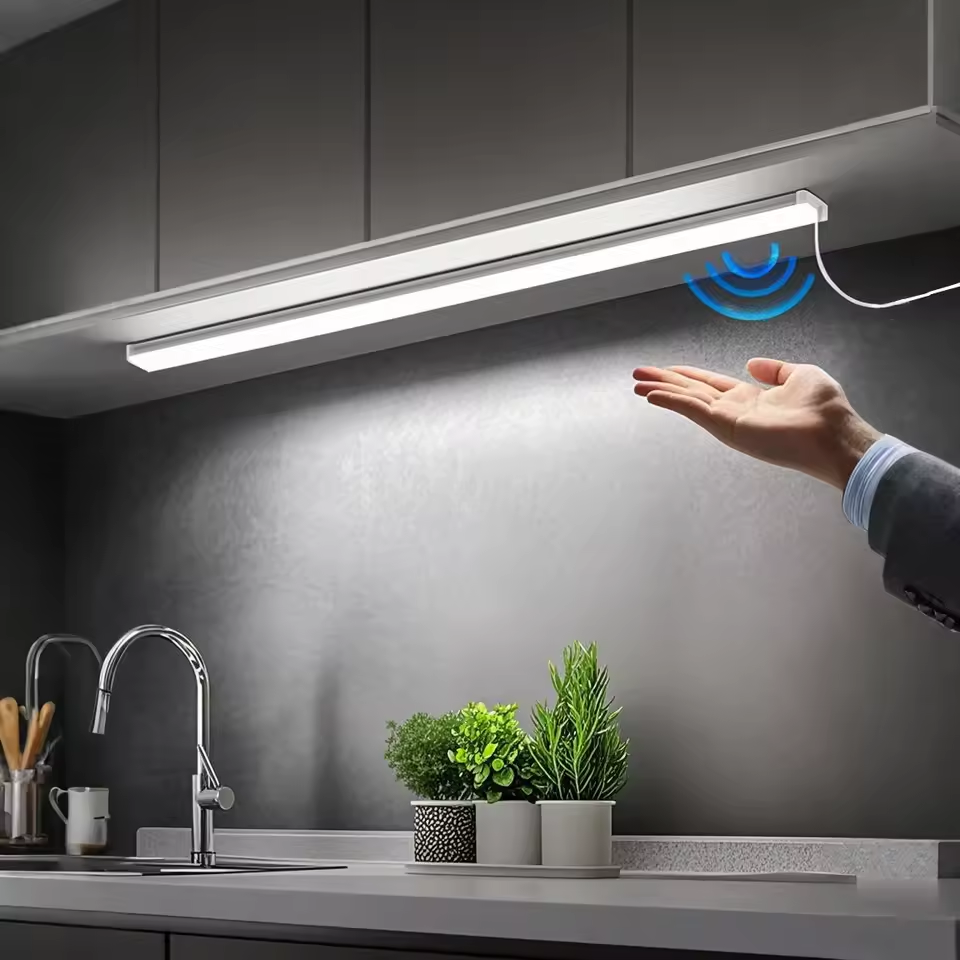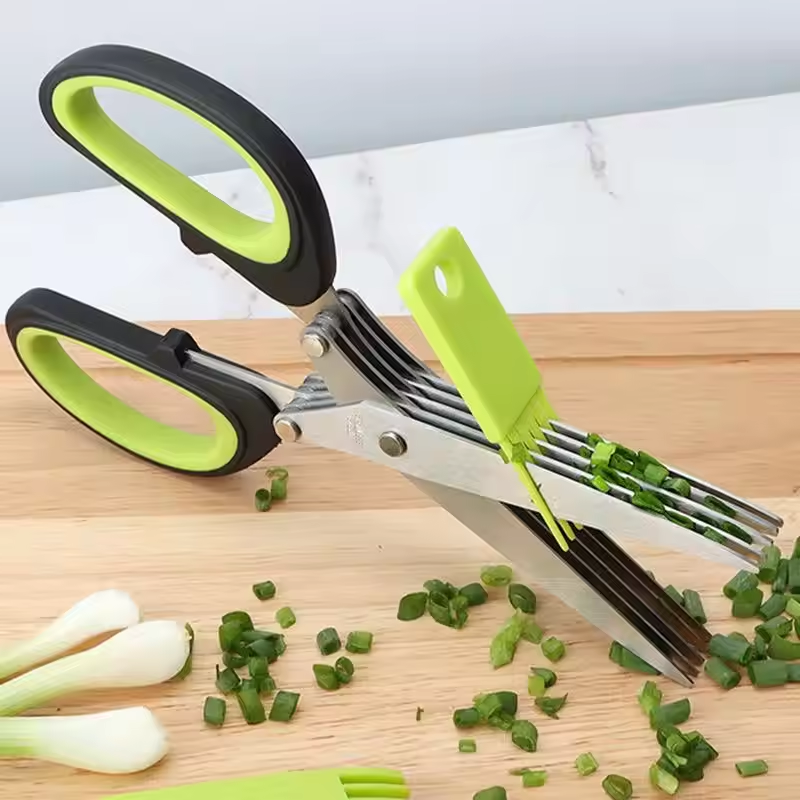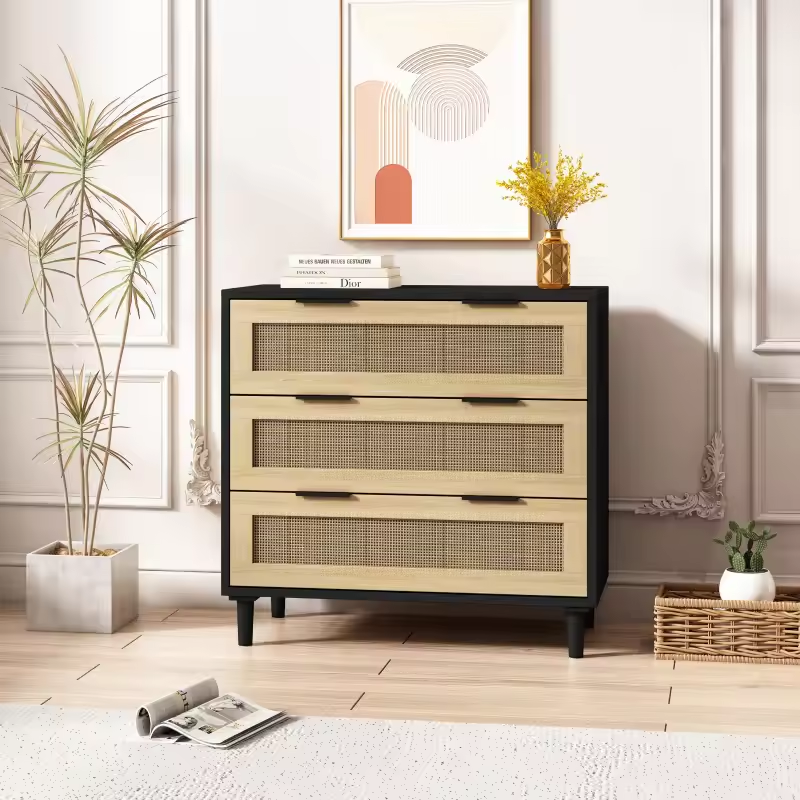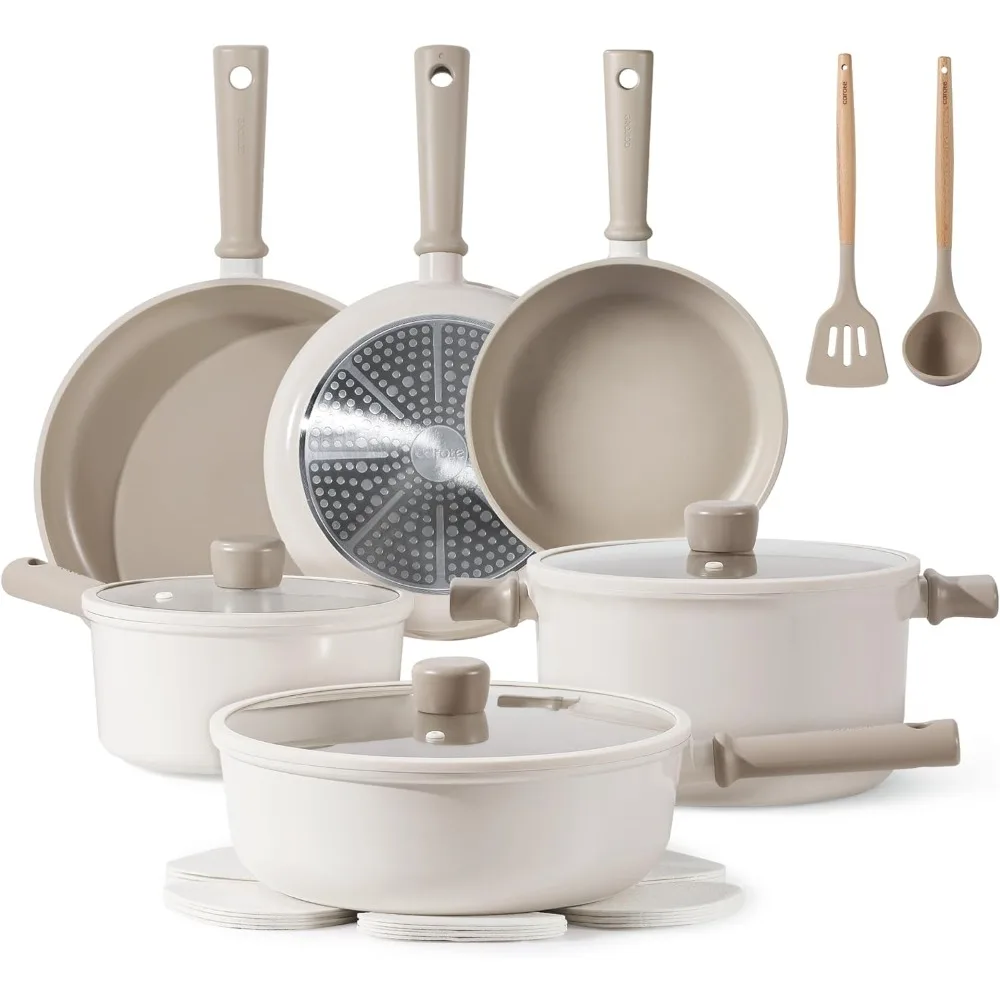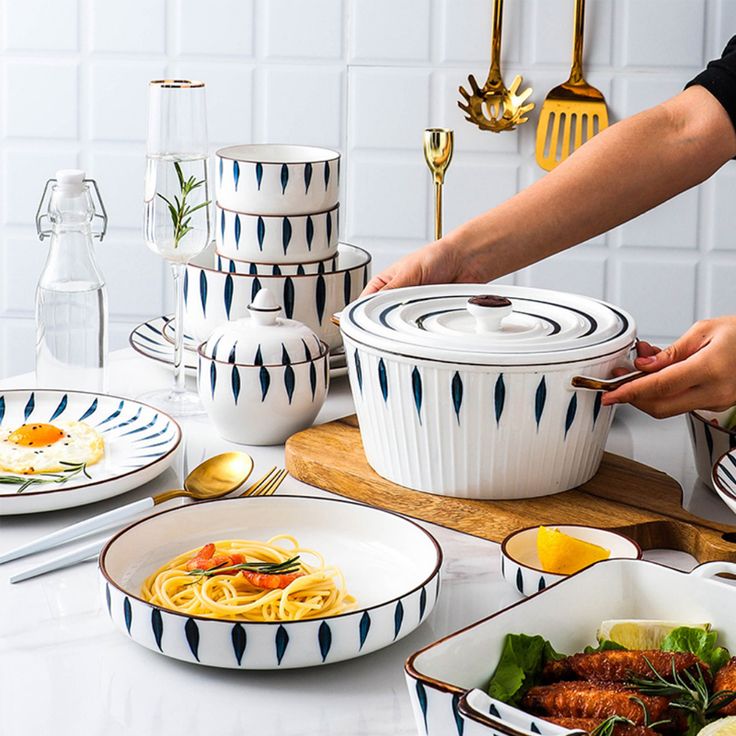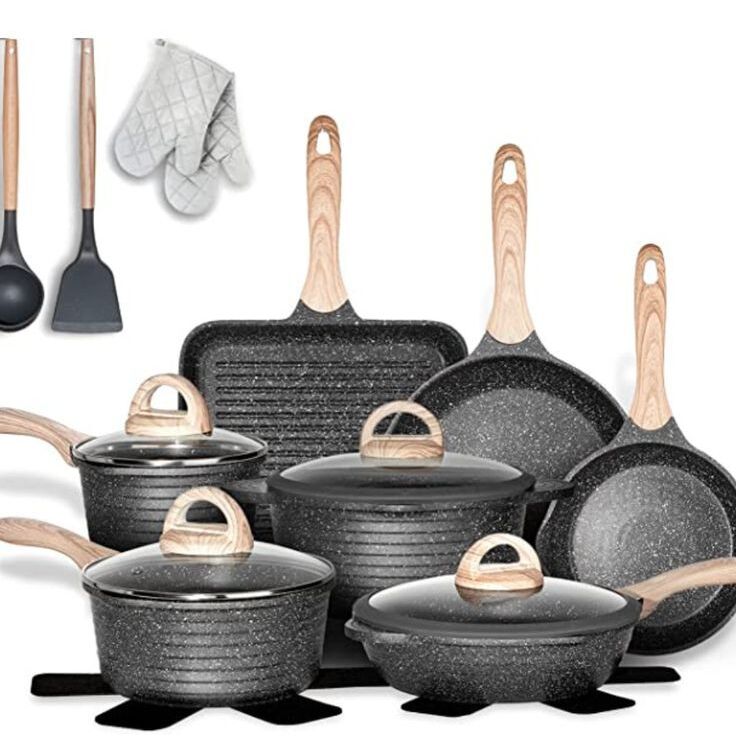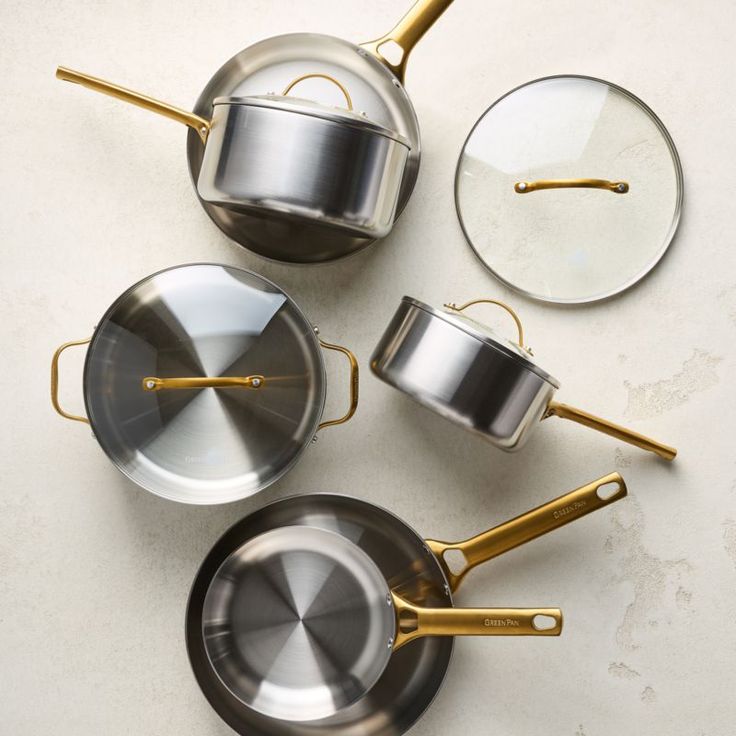Introduction: The Allure of Copper in the Kitchen
Copper cookware has long been revered in culinary circles for its striking aesthetics and exceptional heat conductivity. For home chefs aspiring to elevate their cooking experience, copper pots and pans present an alluring option. However, as with any investment in kitchenware, it’s crucial to weigh the advantages against the drawbacks. This comprehensive review dissects the pros and cons of copper cookware, guiding home cooks in making an informed decision that aligns with their needs and preferences.
Pros: The Shining Attributes of Copper Cookware
Superior Heat Conduction
At the heart of copper’s appeal lies its unmatched ability to conduct heat swiftly and evenly across the entire surface of the pan. This results in precise temperature control, crucial for delicate tasks like sautéing, tempering chocolate, or preparing sauces that require consistent heat distribution.
Responsive Temperature Adjustment
Copper’s responsiveness to changes in heat source intensity is unparalleled. It heats up rapidly and cools down just as quickly, enabling chefs to make instant adjustments to cooking temperatures, thereby enhancing flavor profiles and textures.
Durability and Longevity
When properly cared for, copper cookware can last generations. Its robustness is a testament to the metal’s inherent resilience, making it a worthwhile investment for serious home cooks who value both performance and heirloom-quality kitchenware.
Aesthetics
Undoubtedly, copper adds a touch of elegance and old-world charm to any kitchen. Its warm, lustrous glow can elevate even the simplest cooking space into a visually stunning arena of gastronomic creation.
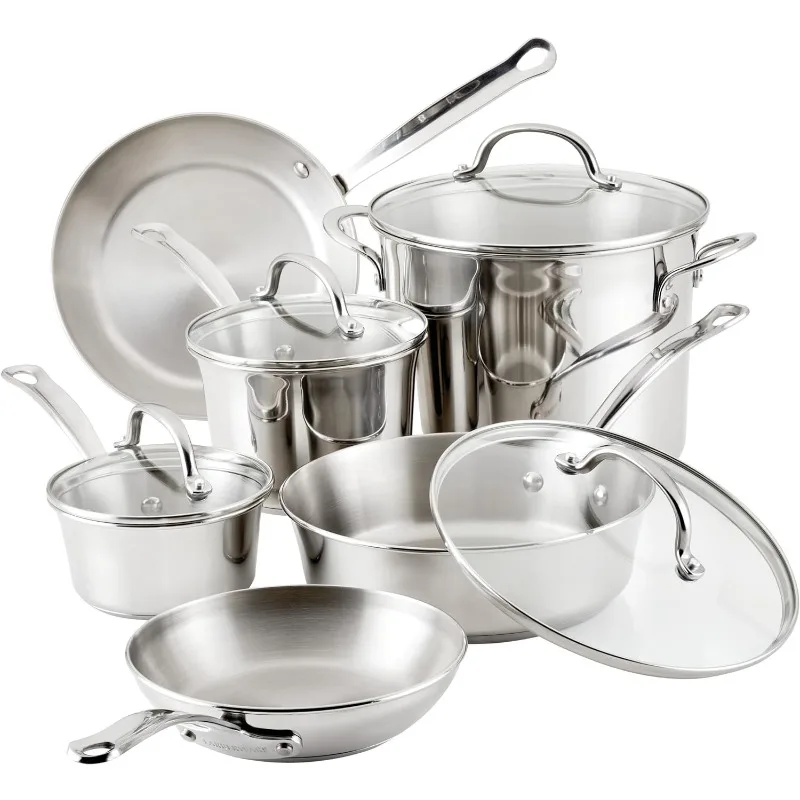
Cons: Considerations Before Committing
Cost
Perhaps the most significant barrier to entry for many home chefs is the cost. Copper cookware tends to be significantly more expensive than its stainless steel or aluminum counterparts, largely due to the craftsmanship and premium materials involved.
Maintenance Requirements
Copper requires diligent maintenance to preserve its functionality and appearance. Regular polishing is necessary to maintain its shine and protect against tarnishing. Additionally, copper pots and pans with exposed interiors need to be lined with tin or stainless steel to prevent copper from leaching into food.
Weight
Copper cookware is notably heavier than other materials, which can be a consideration for those with wrist or arm strength limitations. Maneuvering larger copper pots and pans during cooking can be physically demanding.
Reactivity
Unlined copper can react with acidic foods, potentially altering flavors and colors. To mitigate this, copper cookware typically features a lining, but this introduces another layer of maintenance, particularly for tin-lined pieces that require re-tinning over time.
Versatility and Compatibility
While copper’s heat conductivity is a pro, it’s worth noting that some cooktops, particularly induction ranges, don’t work well with copper unless the base is layered with a magnetic metal like stainless steel. This can limit the versatility of your cookware in certain kitchen setups.
Comparative Analysis: Copper vs. Stainless Steel and Aluminum
Heat Conductivity
- Copper: Exceptional heat distribution and quick response to temperature changes.
- Stainless Steel: Poor heat conductor, often requiring a copper or aluminum core for improved performance.
- Aluminum: Good heat conductivity but slower to react to temperature adjustments compared to copper.
Durability
- Copper: Long-lasting with proper care.
- Stainless Steel: Highly durable and resistant to corrosion.
- Aluminum: Less durable than copper or stainless steel, prone to warping over time.
Cost Efficiency
- Copper: High initial investment but long-term value.
- Stainless Steel: Affordable with a wide range of price points.
- Aluminum: Generally inexpensive, making it a budget-friendly option.
Maintenance
- Copper: Requires regular polishing and special care for lined interiors.
- Stainless Steel: Easy to clean and low maintenance.
- Aluminum: Low maintenance, though anodized versions should avoid abrasive cleaners.
Making the Decision: Who Should Invest in Copper Cookware?
For the avid home chef who values precise temperature control, appreciates artisanal craftsmanship, and is willing to invest in both the upfront cost and ongoing maintenance, copper cookware is a rewarding choice. It’s particularly suited for those who frequently prepare delicate dishes, sauces, or confections where uniform heating is paramount.
However, for those on a tighter budget, or who prioritize ease of maintenance and compatibility with all cooktops, stainless steel or aluminum cookware might offer a more practical solution.
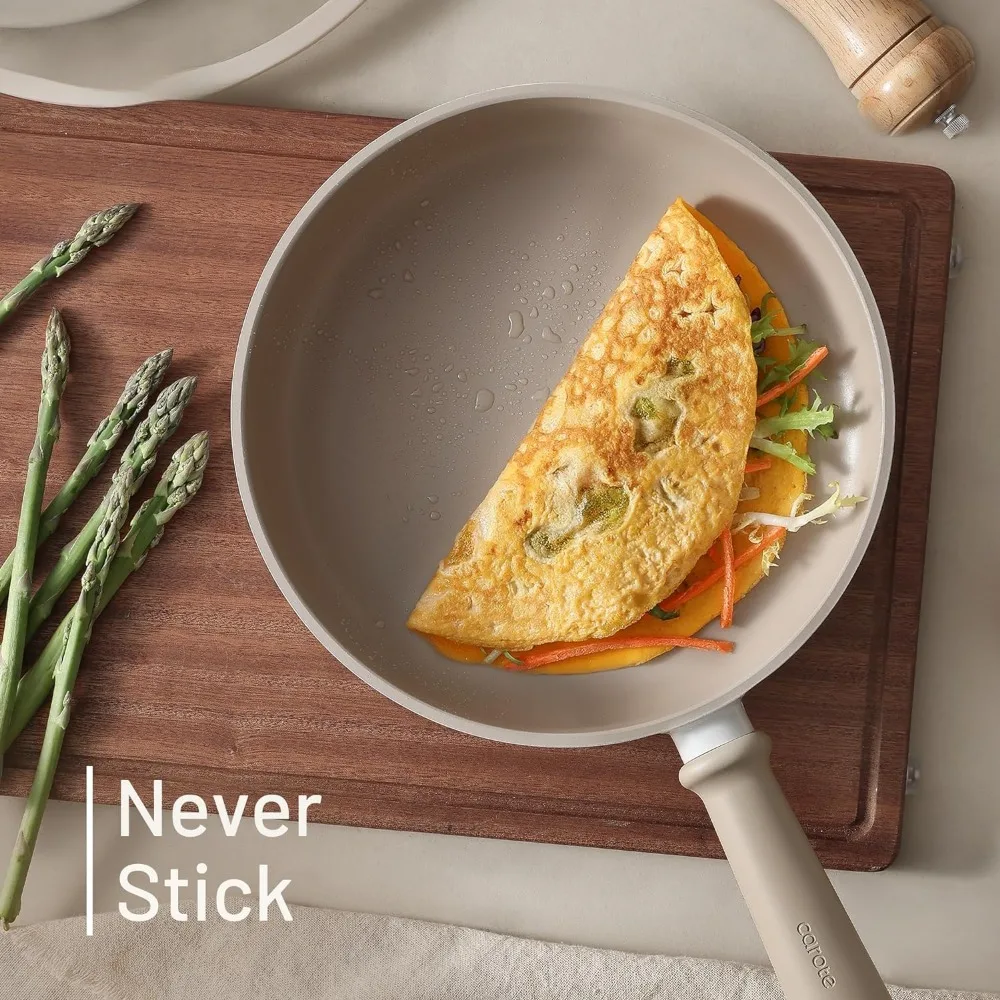
Enhancing the Copper Experience: Tips and Tricks for Home Chefs
Maximizing Performance and Longevity
Proper Usage Techniques
To optimize the performance of your copper cookware, adopt the following practices:
- Preheating: Allow your pan to heat gradually on medium heat before adding ingredients. This prevents hotspots and ensures even cooking.
- Lid Usage: Utilize lids when appropriate to retain moisture and enhance efficiency in heat transfer.
- Utensil Selection: Opt for wooden, silicone, or coated utensils to prevent scratches on the lining.
Cleaning and Polishing Rituals
Maintaining copper’s luster requires a careful cleaning routine:
- Regular Cleaning: Hand wash with warm, soapy water and a soft sponge, avoiding harsh detergents that can strip the lining.
- Polishing: For external copper, use a specialized copper cleaner or a mixture of salt, vinegar, and flour paste, followed by a thorough rinse and dry.
- Tin-Lined Care: If your cookware has a tin lining, avoid overheating that can lead to tin’s melting point; re-tinning may be necessary over time.
Storage Solutions
Protect your investment with proper storage:
- Separate Stacking: Use cloth liners, dividers, or dedicated racks to prevent scratches when stacking pots and pans.
- Hang for Display: If space allows, hanging copper cookware not only saves cabinet space but also showcases their aesthetic appeal.
Adapting to Induction Cooking
If you have an induction cooktop, choose copper pans with a stainless steel or iron disk base that allows for magnetic conduction, ensuring compatibility and optimal heat transfer.
Exploring Linings: Tin vs. Stainless Steel
- Tin Lining: Offers a non-reactive cooking surface ideal for delicate flavors. It requires gentle use and occasional re-tinning, making it better suited for low- to medium-heat cooking.
- Stainless Steel Lining: More durable and resistant to high heat, perfect for searing and sautéing. It’s non-reactive and low maintenance but doesn’t conduct heat as efficiently as tin.
Embracing Copper’s Role in Recipe Innovation
Copper’s rapid and uniform heat distribution encourages culinary experimentation:
- Sauces and Reductions: Copper’s precise heat control enables perfect emulsification and reduction, enhancing depth of flavor.
- Confectionery Creations: Copper’s responsiveness is invaluable for tempering chocolate or making delicate candies and pastries.
- High-Temperature Cooking: With the right lining, copper can handle high-heat searing, locking in juices and enhancing caramelization.
Integration with Existing Cookware Collection
Copper doesn’t have to replace your entire cookware set. Strategically incorporating a few key pieces such as a saucepan or sauté pan can significantly elevate your cooking experience without overwhelming your budget or storage.
Final Thoughts: Embracing Copper’s Culinary Legacy
Copper cookware embodies a blend of tradition, performance, and aesthetic appeal that few other materials can match. By understanding its unique characteristics and committing to proper care, home chefs can unlock a new dimension of culinary artistry in their kitchens. Whether you’re a seasoned cook or an enthusiast looking to elevate your skills, copper cookware offers a compelling proposition that marries form with function, enriching every cooking experience with a touch of timeless elegance.
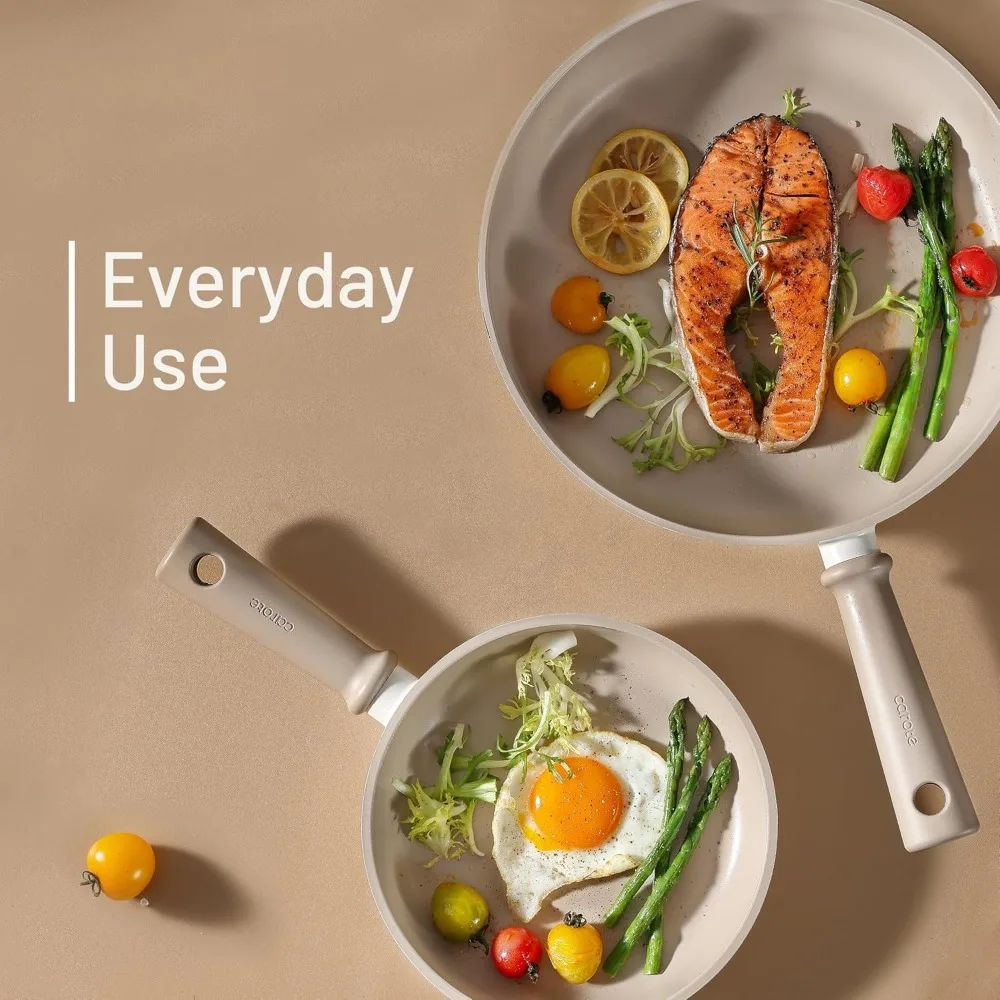
Conclusion: Balancing Passion with Practicality
Copper cookware undoubtedly holds a prestigious position in the culinary world, combining functional excellence with timeless beauty. Yet, the decision to incorporate copper into your kitchen arsenal should be a thoughtful one, considering not only the benefits but also the potential drawbacks and your unique cooking habits and preferences. By weighing the pros and cons meticulously, you can make an informed choice that harmoniously blends your passion for cooking with the practical realities of your kitchen lifestyle.
